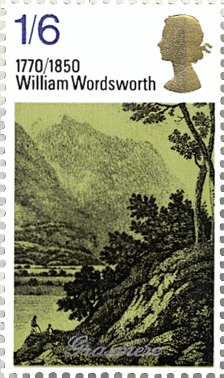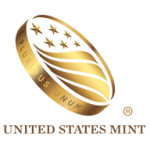![[Prime Meridian Stamp]](https://riverhouses.org/wp-content/uploads/2022/10/greenwich-prime-meridian-stamp-1984a-207x300.jpg) To specify your location on the surface of the earth, you need to give your latitude and your longitude. Determining your latitude (north or south of the equator) is fairly straightforward. The north pole (90ºN latitude), the south pole (90ºS latitude), and the equator itself (0º latitude) are not artificial constructs: they are fixed by our planet’s daily rotation. And in the northern hemisphere you can always make a rough and ready estimate of your latitude by measuring the height of Polaris (the North Star or Pole Star) above the level horizon — that angle corresponds to your latitude in degrees north (of the equator).
To specify your location on the surface of the earth, you need to give your latitude and your longitude. Determining your latitude (north or south of the equator) is fairly straightforward. The north pole (90ºN latitude), the south pole (90ºS latitude), and the equator itself (0º latitude) are not artificial constructs: they are fixed by our planet’s daily rotation. And in the northern hemisphere you can always make a rough and ready estimate of your latitude by measuring the height of Polaris (the North Star or Pole Star) above the level horizon — that angle corresponds to your latitude in degrees north (of the equator).
So latitude is given as degrees north or south of the equator, but longitude is given as degrees east or west of … what? There is no natural zero-line for longitude as there is for latitude (the equator).
Since there’s no natural zero-degrees-longitude line, we have to just pick one to use, and that’s exactly what happened on this day, October 13th, in 1884 at the International Meridian Conference in Washington, D.C. The line chosen as the earth’s Prime Meridian — the line of 0º longitude — was the line running north–south through the Royal Observatory at Greenwich, England, one of the world’s principal research centers for timekeeping and navigation. And from that day forward, the longitude of every spot on earth has been measured in degrees east or west of the Greenwich Prime Meridian, just as the latitude of every spot on earth is measured in degrees north or south of the equator.
![[The Prime Meridian]](https://riverhouses.org/wp-content/uploads/2022/10/prime-meridian-300x256.png)
So wherever you may be this week, take out your homeschool atlas and use the maps to determine your longitude. The longitude value you find will be in degrees east or west of the Prime Meridian, established on this day in 1884 as the north-south line that passes through the Royal Observatory at Greenwich.
What grand geographical discoveries have you and your students made in your homeschool this Cygnus Term? 😊
❡ Meridians and parallels: To teach students about longitude and latitude you really need to use a globe rather than a map. (If you don’t have one, take a look at the inexpensive inflatable globes we recommend for homeschool use.) The lines of longitude are called meridians and the lines of latitude are called parallels. The meridians all converge at the poles, north and south. The parallels (as the the name suggests) never converge, but instead are like a series of stacked rings that get smaller as you approach the poles. Find some notable points on your globe for your students to recognize: Washington D.C. is at 77ºW longitude; much of the U.S./Canada border runs along the “49th parallel” (49ºN latitude); Randall Jarrell’s philosophical-geography poem “90 North” is of course about the north pole (90ºN latitude); Honolulu is at 158ºW longitude, almost on the opposite side of the world (180º E or W longitude) from the Prime Meridian (0º longitude). What is the longitude and latitude of your homeschool? 🌐
❡ The great globe itself: This is one of our occasional Homeschool Geography posts. Add your name to our weekly mailing list to get more great homeschool teaching ideas delivered right to your mailbox all through the year. 📫
❡ Homeschool calendars: We have a whole collection of free, printable, educational homeschool calendars and planners available on our main River Houses calendar page. They will help you create a light and easy structure for your homeschool year. Give them a try today! 🗓
❡ Support our work: If you enjoy our educational materials, please support us by starting your regular Amazon shopping from our very own homeschool teaching supplies page. When you click through from our page, any purchase you make earns us a small commission at no extra cost to you. Thank you for helping us to keep going and growing! 🛒
❡ Join us! The aim of the River Houses project is to create a network of friendly local homeschool support groups — local chapters that we call “Houses.” Our first at-large chapter, Headwaters House, is now forming and is open to homeschoolers everywhere. Find out how to become one of our founding members on the Headwaters House membership page. 🏡




